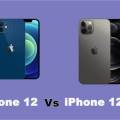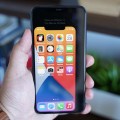The latest iPhones are typically the “best” iPhone — but whether the iPhone 13 Pro is actually worth your money over the older iPhone 12 Pro is another question entirely.
It can be difficult to keep track of all the generational updates from one iPhone to another, especially when the premium of the Pro line is kept in. Software-side changes can muddy the waters further, and it gets even trickier if you don’t have a solid appreciation or understanding of photography, camera lenses, computational photography or the other tricks that go into every iPhone release.
So for those wavering between the “best” iPhones from the current and last generation — the iPhone 12 Pro and iPhone 13 Pro — here’s a list of all the major things you’ll want to consider.
Contents
iPhone 12 Pro vs. 13 Pro: Hardware
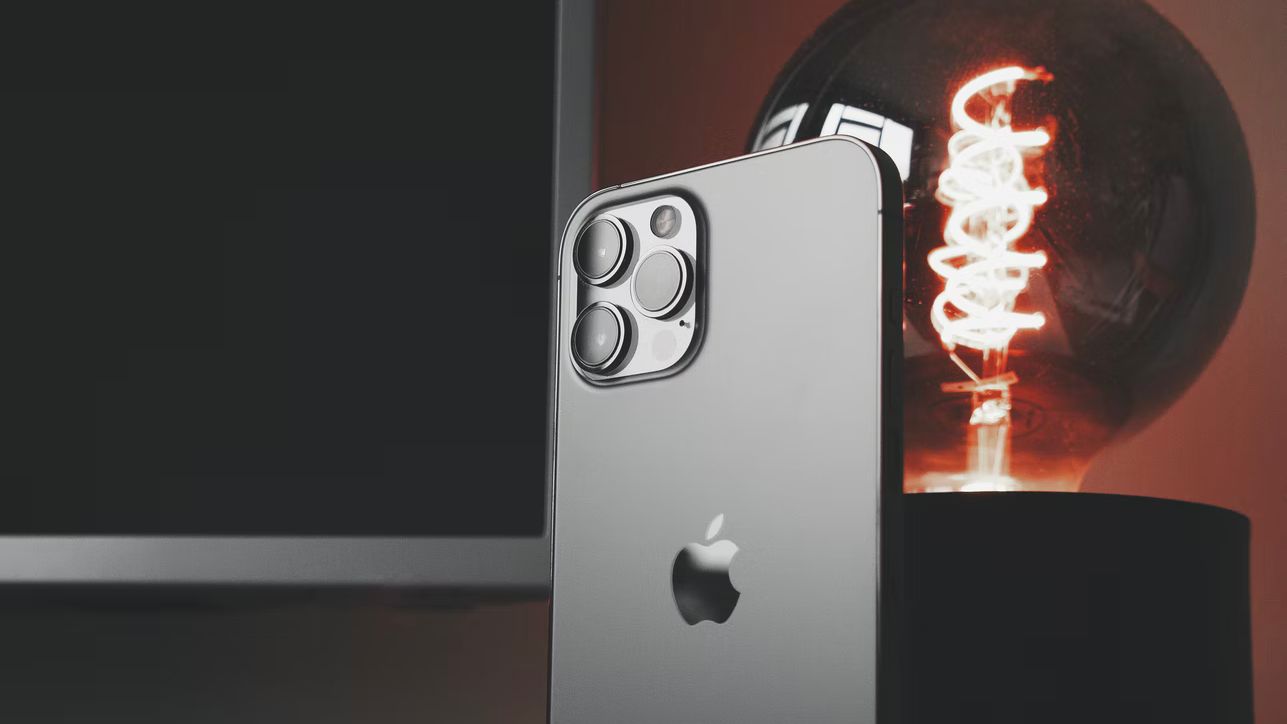
The most noticeable upgrade the 13 Pro presents for the average user is its display. Both the 12 Pro and the 13 Pro have an 6.1 inch Super Retina XDR OLED display. But the iPhone 13 Pro’s display features a variable refresh rate of 120Hz, double that of the iPhone 12 Pro’s 60Hz refresh rate.
This means that the iPhone 13 Pro will provide users with a much smoother display quality that will be felt most obviously when scrolling through websites, playing games, or watching videos.
Another point to consider is the iPhone 13 Pro’s chipset. The 13 Pro is running on the A15 Bionic chip while the 12 Pro ran on the A14 chip. The difference between the two is mostly negligible, with the main upgrades from A14 to A15 being power efficiency.
However, the GPU performance on the A15 chip is up nearly 40% over the A14’s performance, which means users who like to game on their iPhone’s will be able to see a huge increase in performance in the iPhone 13 Pro. Apple also advertises an increased battery life of 1.5 hours in the 13 Pro over its predecessor, likely thanks to the aforementioned power efficiency.
iPhone 12 Pro vs. 13 Pro: Size
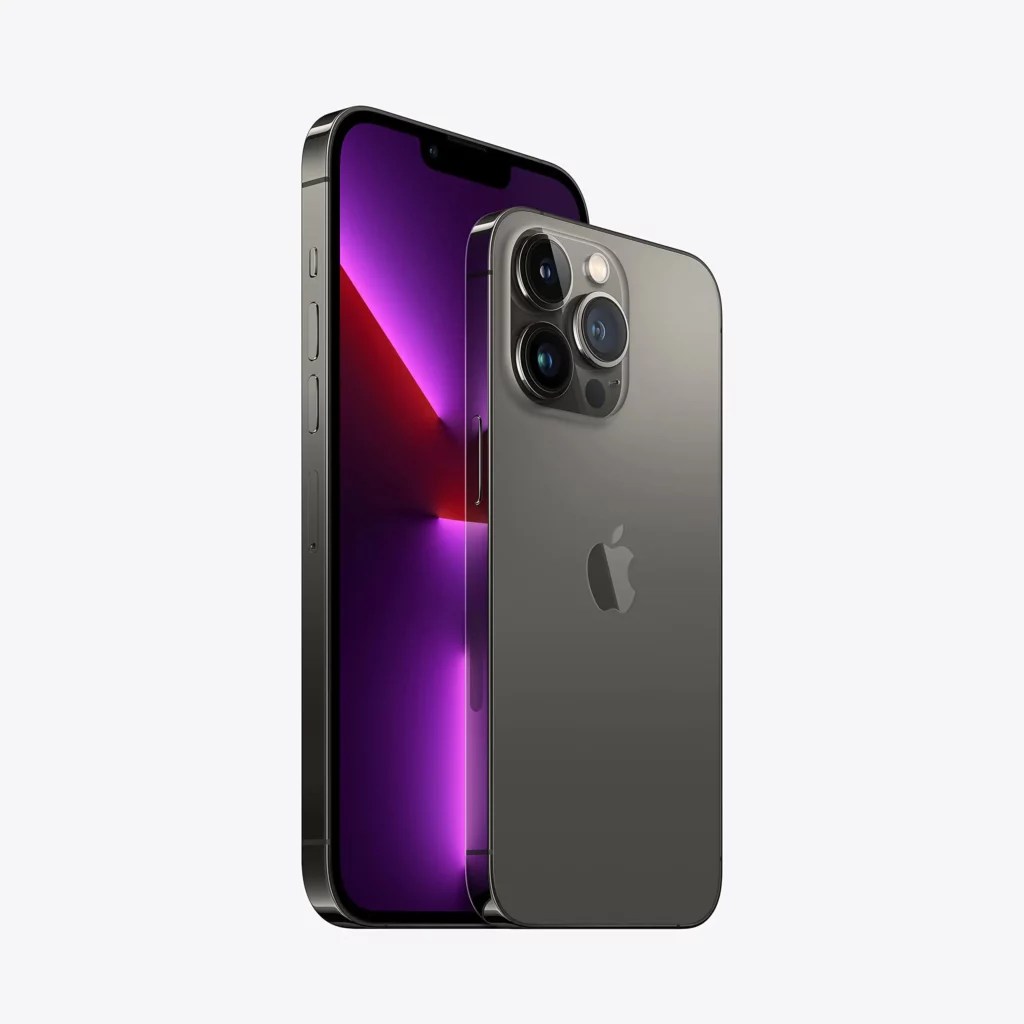
The difference in thickness between the iPhone 12 and 13 Pro is negligible — the latest generation is a minor .01 inches thicker. Unless you’re really used to the iPhone’s feel, this won’t be much of a problem at all. The only potential difference maker can be felt between their weights, with the iPhone 13 Pro increasing over the 12 Pro from 6.66 ounces to 7.19 ounces. As small as those differences might be, the iPhone user who’s used to a lighter piece of hardware might find the changes in weight to jarring or uncomfortable for their tastes.
All in all, the iPhone 13 Pro hasn’t deviated from the iPhone 12 Pro’s design almost at all, and unless you’re really picky, the 13 Pro’s size won’t be any better or worse than its predecessor.

iPhone 12 Pro vs. 13 Pro: Cameras and Software
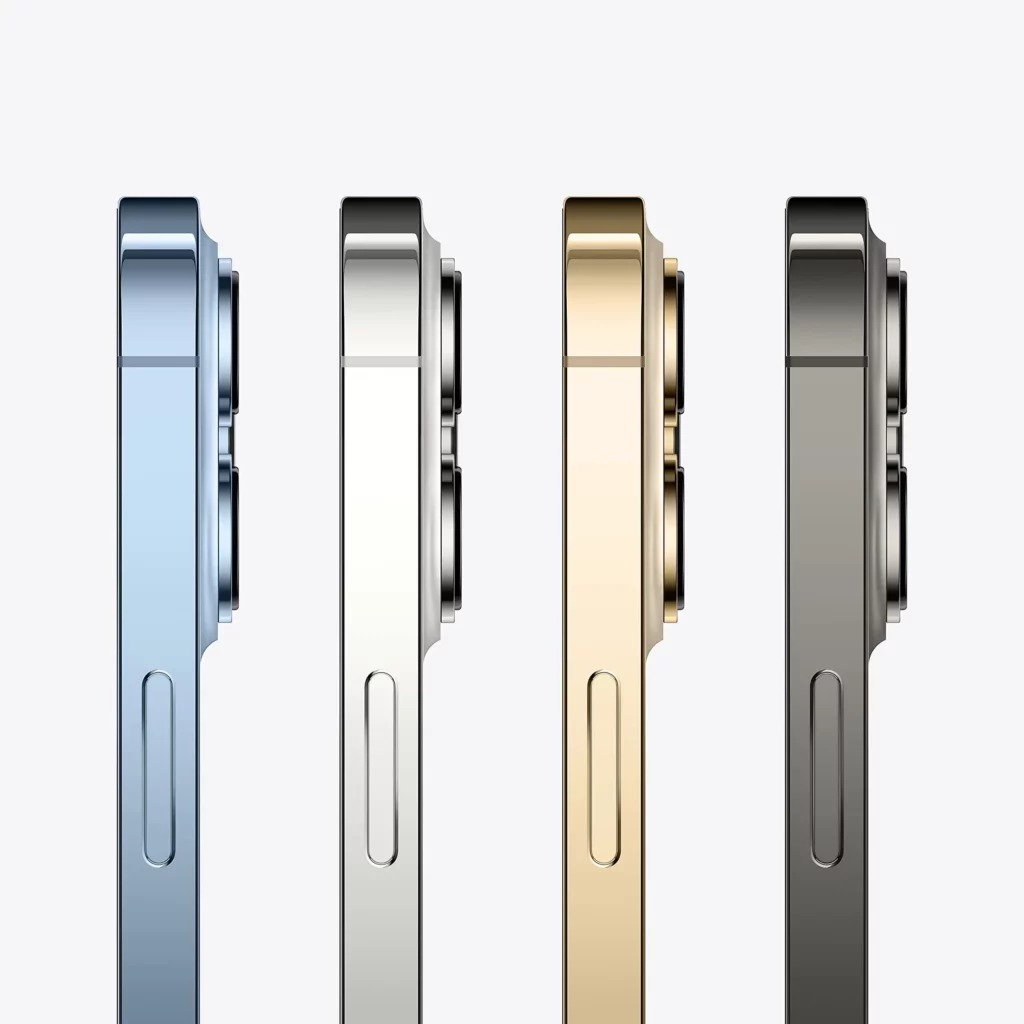
If the hardware changes weren’t enough to put the iPhone 13 Pro over its predecessor, then the upgraded camera quality is probably the last best selling point for the iPhone 13 Pro.
To start, the iPhone 13 Pro has seen the introduction of stabilizer chips to help with camera shakiness. The iPhone 12 Pro only has a software version of this, which isn’t as effective as the 13 Pro’s in-built physical stabilizers. The physical stabilizers are especially useful if you take a lot of handheld video with your phone, although you can also invest in a third-party gimbal for even more support.
But if you’re not using any third party tools, the iPhone 13 Pro will be more capable in lower-light areas like shaded areas and rooms without professional lighting. Photos should also look a lot nicer on the 13 Pro’s screen courtesy of the improved pixel density—although this naturally won’t impact the raw quality of the images taken, which are always best viewed on a proper, calibrated monitor.
Lastly, there’s Cinematic mode. This is a mode that lets users choose what subjects to focus on, with the software using AI to automatically blur out the less important elements of the image. It doesn’t sound hugely different from a camera’s normal focusing abilities. But the key is what happens after the footage is shot. With the 13 Pro, users can go into the footage and select the subjects they want—ensuring that an otherwise clean shot isn’t ruined by a moment of chaos or AI error.
Which iPhone Pro is best?
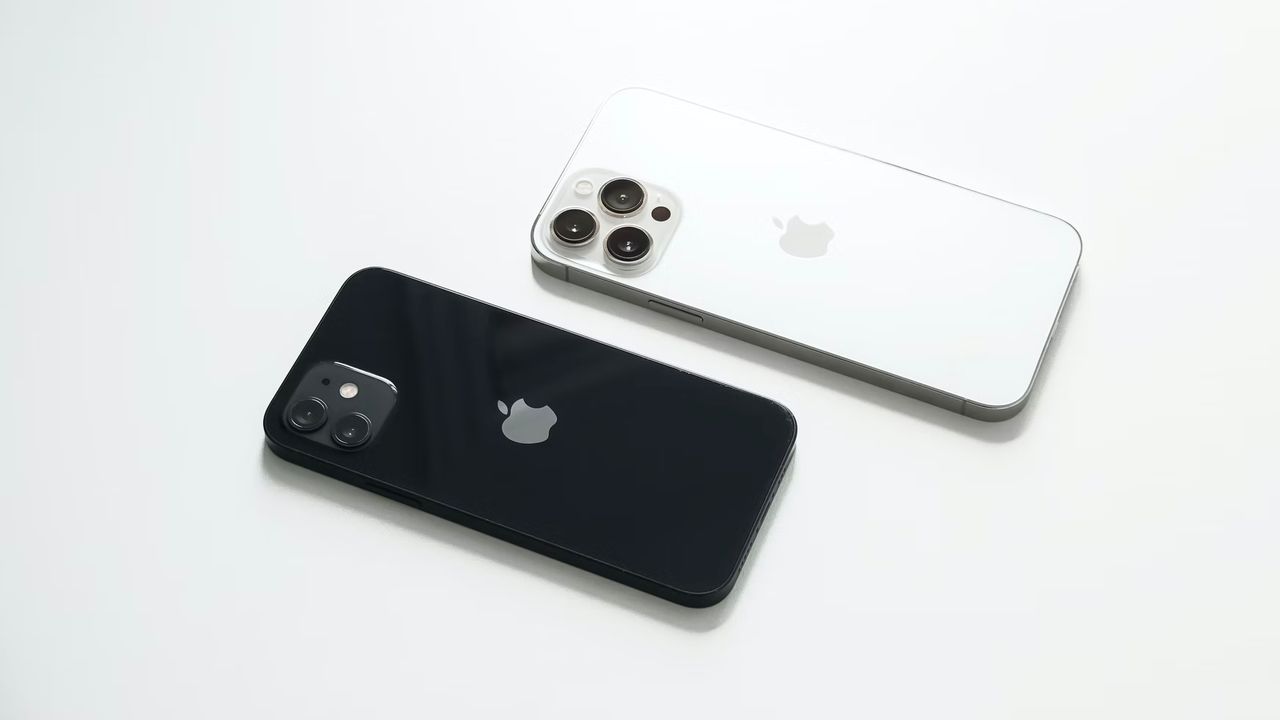
The iPhone 13 Pro is objectively better than its predecessor in almost all regards. What some might dislike in its heavier weight or increased camera size, most will like in its better camera quality, faster and more efficient power usage, and ever-popular cinematic mode.
The real question to ask is how much these features are worth for you, as the the iPhone 12 Pro, being the older model, is priced at a roughly 25% cheaper MSRP. If those savings aren’t worth giving up on the iPhone 13 Pro’s increased performance and camera quality, then the 13 Pro is for you. If those benefits don’t outweigh the extra cost, stick with the older iPhone 12 Pro model.
This article includes affiliate links, which may provide small compensation to Macbrane.



